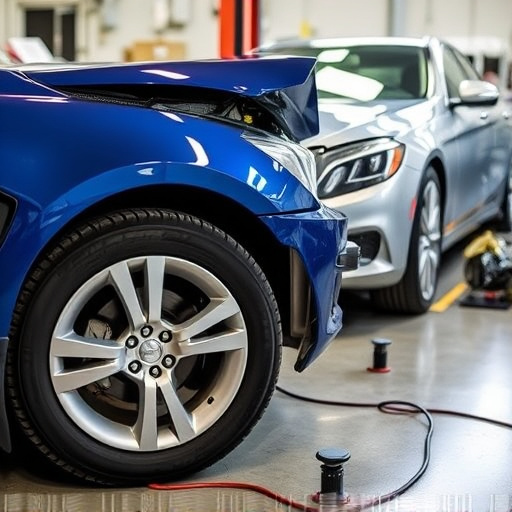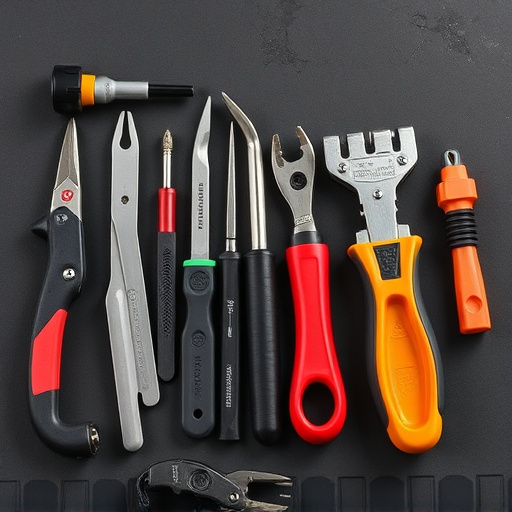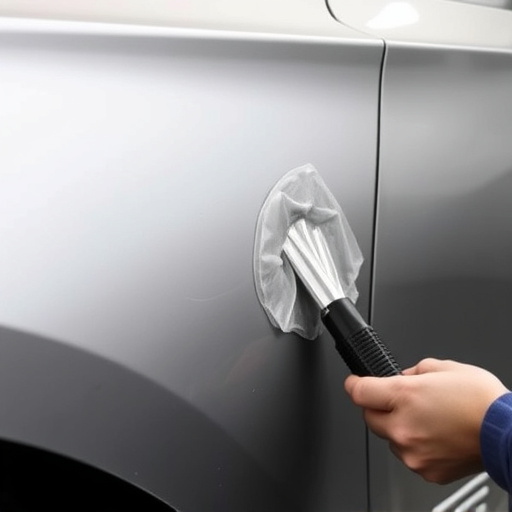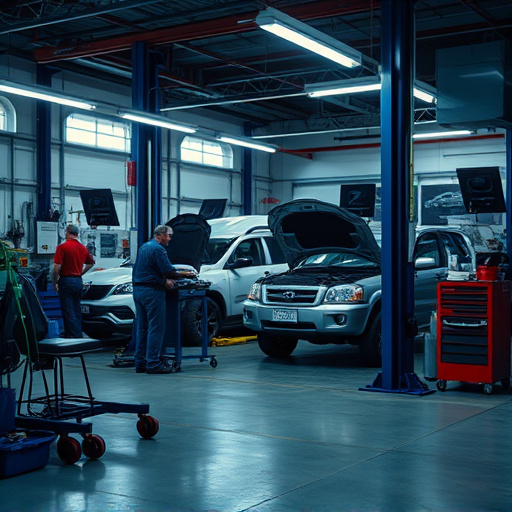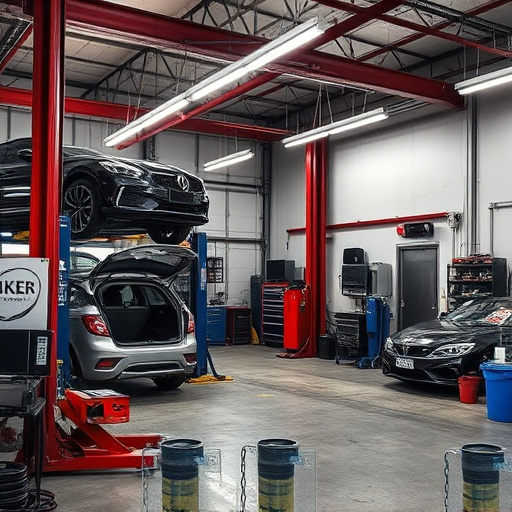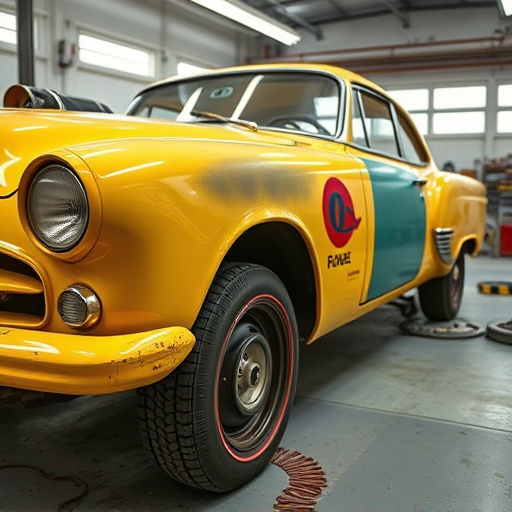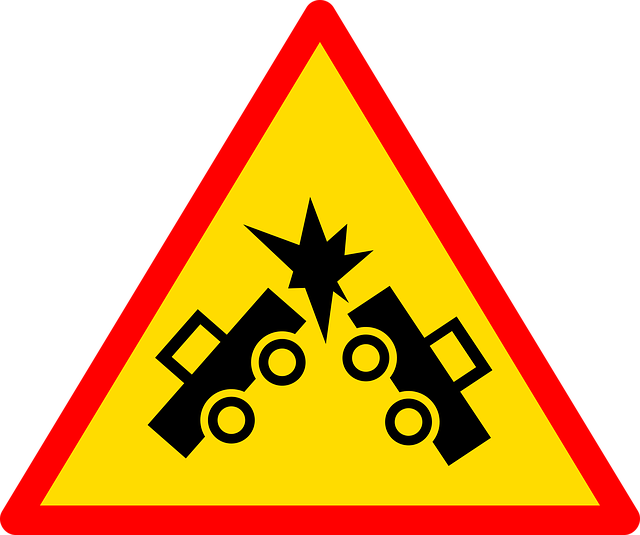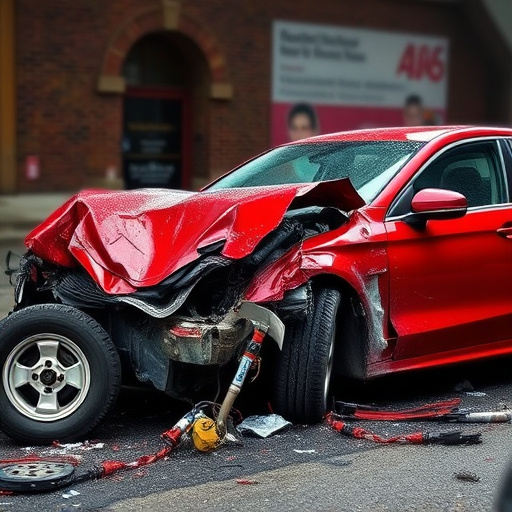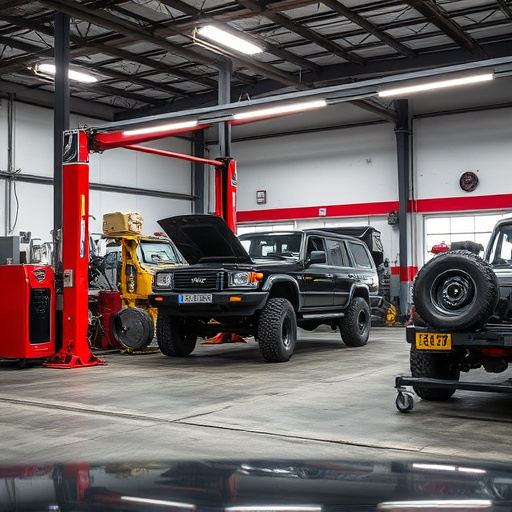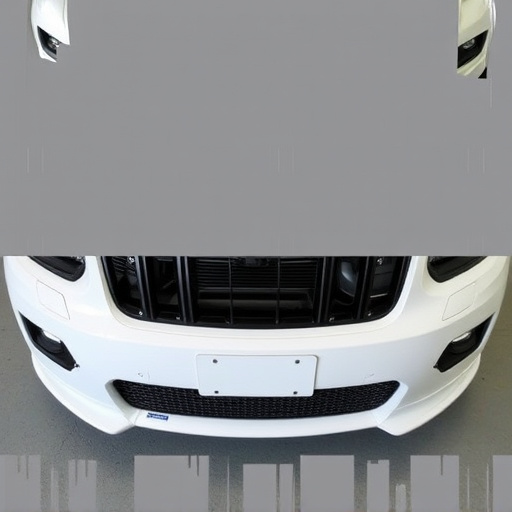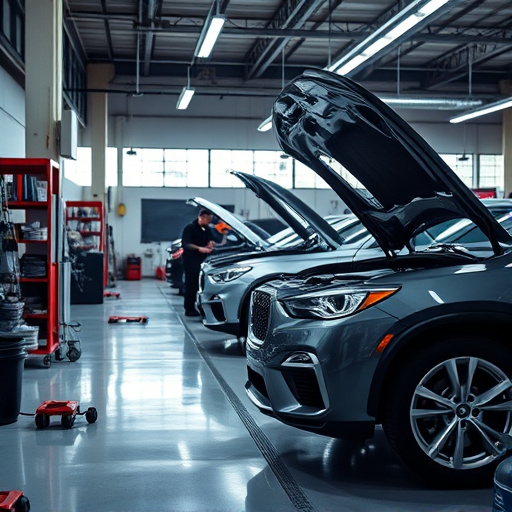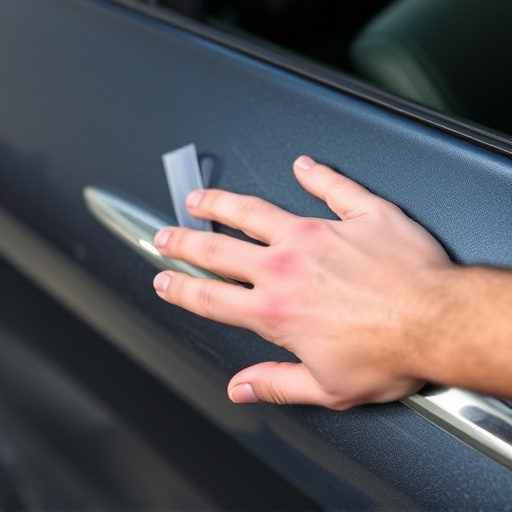Remanufactured collision parts offer a cost-effective and eco-friendly restoration option for vehicles, ensuring quality and compatibility. Aftermarket collision parts provide a cheaper alternative with warranties, but remanufactured parts excel in craftsmanship, durability, and long-term savings, making them a valuable choice for car repairs while promoting sustainability.
When repairing your vehicle after a collision, choosing the right body parts is crucial. This decision involves weighing the benefits of remanufactured collision parts versus aftermarket alternatives. Remanufactured parts offer a cost-effective, eco-friendly option with original equipment quality. Aftermarket parts, while often cheaper, may vary in reliability and compatibility. This article guides you through understanding remanufactured collision parts, exploring the advantages of aftermarket choices, and making an informed decision based on quality and cost.
- Understanding Remanufactured Collision Parts: The Basics
- Advantages of Using Aftermarket Collision Parts
- Comparing Quality and Cost: Making an Informed Decision
Understanding Remanufactured Collision Parts: The Basics
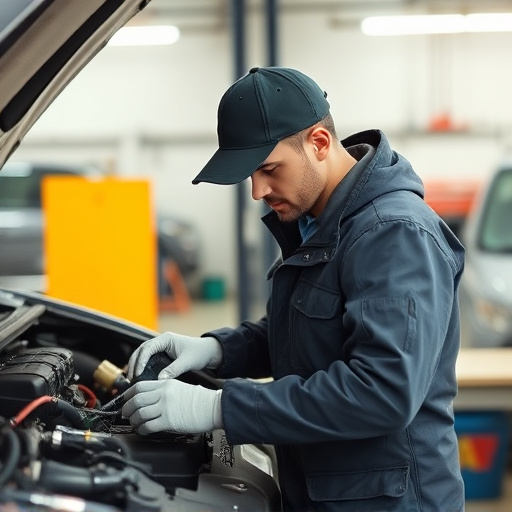
Remanufactured collision parts are a popular choice for those looking to restore their vehicles to pre-accident condition. These parts are not entirely new, but they have been refurbished and restored to like-new quality by specialized manufacturers. The process involves disassembling, inspecting, repairing or replacing worn or damaged components, and reassembling the part to strict industry standards. This ensures that remanufactured collision parts maintain their original functionality and safety features.
Many automotive repair services and auto body shops offer remanufactured collision parts as an alternative to brand-new or aftermarket options. Vehicle restoration enthusiasts often prefer them due to their cost-effectiveness, availability, and the fact that they can help reduce automotive waste. Remanufactured parts also ensure compatibility with your vehicle’s make and model, providing peace of mind during the repair process.
Advantages of Using Aftermarket Collision Parts
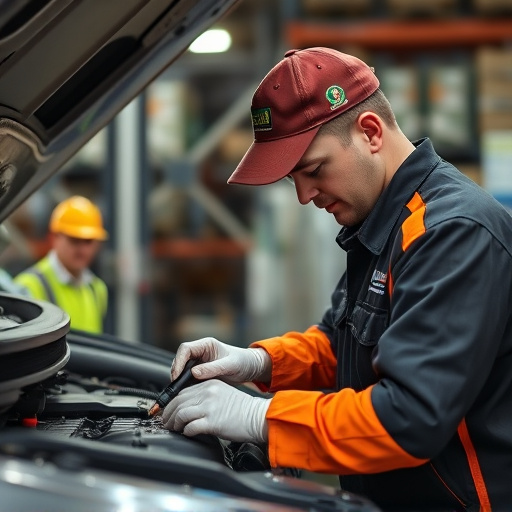
Using aftermarket collision parts offers several advantages over remanufactured options for car repairs, particularly when it comes to addressing dents, car scratch repairs, and fender repairs. One key benefit is cost-effectiveness. Aftermarket parts are generally less expensive than their remanufactured counterparts, making them an attractive choice for budget-conscious consumers. This affordability allows drivers to save money without compromising on the quality of their vehicle’s restoration.
Additionally, aftermarket collision parts often come with extended warranties, providing peace of mind and ensuring that repairs are covered if any issues arise in the future. The availability of these parts is another significant advantage. Aftermarket manufacturers produce a wide range of options, making it easier to find specific models and styles suited to various vehicle makes and years. This convenience, coupled with faster delivery times, streamlines the dent repair or car scratch repair process, ensuring your vehicle gets back on the road promptly.
Comparing Quality and Cost: Making an Informed Decision
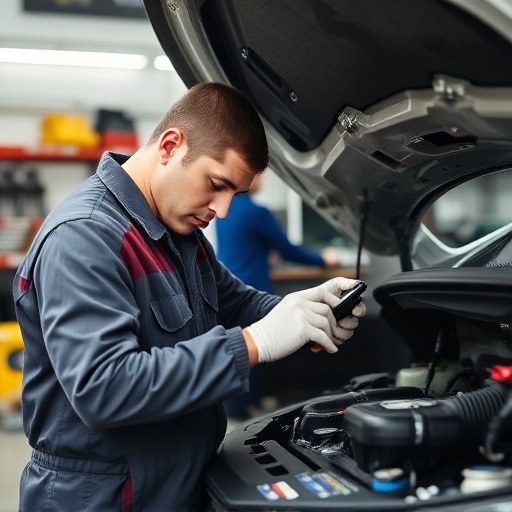
When comparing remanufactured collision parts to aftermarket alternatives, understanding quality and cost is key. Remanufactured parts often stand out for their superior craftsmanship and performance. These components are typically restored to like-new condition by certified professionals, ensuring they meet or exceed original equipment manufacturer (OEM) standards. This meticulous process involves disassembly, cleaning, inspection, and replacement of any worn or damaged parts, guaranteeing both reliability and longevity.
While remanufactured collision parts may carry a slightly higher upfront cost compared to aftermarket options, their quality offers long-term savings. High-quality repairs with remanufactured parts can extend the lifespan of your vehicle, reduce the need for frequent replacements, and potentially lower insurance claims. Moreover, many reputable suppliers offer warranties on remanufactured products, providing additional peace of mind. When considering vehicle repair services or car bodywork services, evaluating the overall value, including durability and potential cost savings over time, is essential in making an informed decision.
When deciding between remanufactured collision parts and aftermarket options, it’s clear that both have their merits. Remanufactured parts offer a cost-effective solution with reduced environmental impact due to their recycling efforts. Aftermarket components, on the other hand, provide a wider range of choices and can sometimes match or even surpass original equipment quality. Ultimately, the choice depends on individual needs, budget, and environmental considerations. By understanding the differences and benefits outlined in this article, car owners can make an informed decision that suits their specific circumstances.
